2018-01-16 08:54:42
In 2017, the fierce competition of game cameras has benefited consumers and some re-sellers, but some also suffered from poor quality and overvalued cameras. In 2018, market consolidation will occur which will result in some trail camera makers disappearing, making one wonder who will last in 2018.
This white paper tells you what to look for in future trail cameras. There are at least six technology barriers that all trail camera makers have to overcome in order to survive in today’s market place: long range detection, high pixel resolution, black IR flash, wider angle images, low light photography, and image quality.
1. Long Range
The best trail cameras today (e.g., Boly’s SG2060-X) offer 100 feet detection and lighting range, while the vast majority cannot detect as far as 70 feet. To move from 70 feet to 100 feet, an extra 2x sensitivity from the PIR sensor is needed. This is not an easy task to accomplish in five years for most camera makers. Because sensing range is proportional to the temperature difference of the environment and the animal skin, the detection range of 70 ft. will drop to about 30 ft. in the winter, making the camera less than optimal in cold weather or cold regions.
In addition, detection range has to be matched by lighting range, or empty pictures will be taken at night. Even worse, an extra 3x-4x lighting energy is needed from the LED to move from 70ft. lighting to 100ft. lighting.
Long Range is desired not only for better night picture and video quality, but also for capturing more animal activities and for security applications.
Fig. 1 shows Boly's proven Long Range technologies, which have been available since 2012
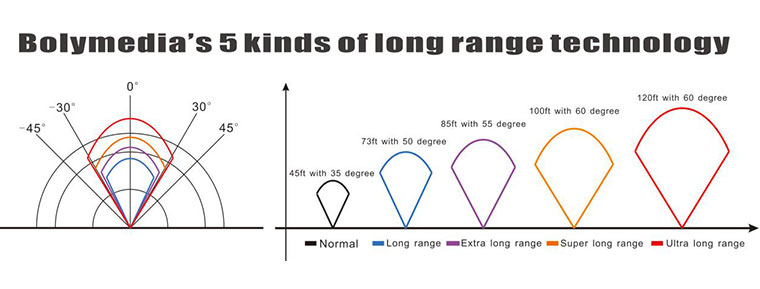
Fig. 1
Fig.2 shows the lighting differences of Boly cameras with a major brand:
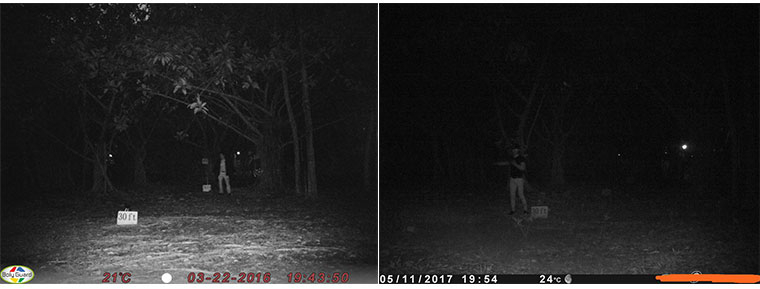
Boly Trail Came Other Trail Camera
Fig. 2
2. High Pixel
From a long distance, a moving object looks small and unrecognizable. A higher pixel camera is needed to match the need of long-range cameras. There are two kinds of pixel resolutions - the native physical pixel resolution from the image sensor, and the software interpolated pixel resolution. The image sensor resolution will have the same quality/sharpness if camera makers use the same component. Though the software interpolated pixel resolution is mostly a marketing hype, substantial quality difference exists between different cameras makers.
Today’s best wireless cameras (e.g. Boly’s MG983/MG984) uses a 14MP image sensor and interpolates the pictures to 30MP (a 30/14=2.14x stretch), while many other camera makers use only a 3MP image sensor and interpolates the pictures to 20MP (a 20/3=6.67x stretch), causing them to become blurry.
Fig. 3 shows the resolution comparisons of a 20MP picture of Boly’s SG2060K (interpolated from a 14MP image sensor) and a competitor’s 20MP image (interpolated from a 3MP image sensor).
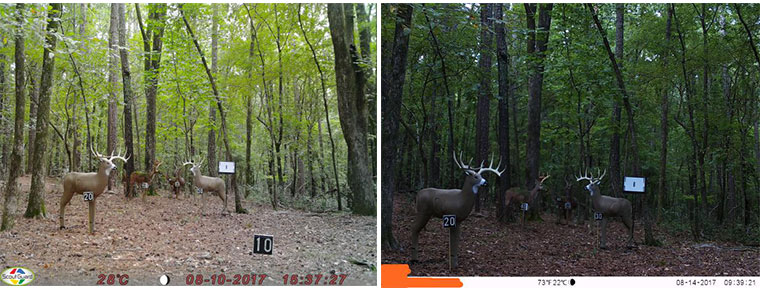
Boly’s SG2060K (20MP) Other’s 20MP
Fig. 3
Why don't other camera makers use high pixel image sensors? While cost is one of the main concerns, they also face a major technology barrier. The sensitivity of a 14MP image sensor is typically only 5/14 (= 35.7%) of a 5MP image sensor. To get the same brightness of a 5MP image sensor at night, a 14MP image sensor needs 14/5 = 2.8x more energy from LED lighting. Even worse, another 1.67x more lighting is needed to reduce Motion Blur that is associated with High Pixel image sensor. The native files are much better from cameras that have larger image sensors.
This is a major obstacle for other game camera makers to overcome. As such, most trail camera brands are currently using an 8MP image sensor. While half of Boly cameras are using 14MP image sensors, most other trail cameras are only using 3MP, 4MP, or 5MP image sensors.
3. Black IR
Consumers are willing to pay 10-15% more for a Black IR (940nm IR) camera than a Red IR (850nm IR) camera, because Red IR is visible, spooks animals, and invites theft. Then why does not everybody use Black IR?
When everything else is same, a Red IR camera has 3x more brightness than a Black IR camera. That means, it is not easy to have a high quality Black IR camera, especially for high pixel cameras. Many trail camera makers need a 3x energy boost from LED energy, or 3x boost from image sensor to produce a Black IR camera of Red IR quality.
While all of Boly’s trail cameras are truly Black IR (>= 940nm), many other brands are not true Black IR. Fig. 4 below shows the difference of a true black IR and a so called “Low Glow” when the LED flash turns on: once can see the LED’s on the right camera (“Low Glow”) on the right when the flash goes on, but not the Boly camera on the left (true black IR)
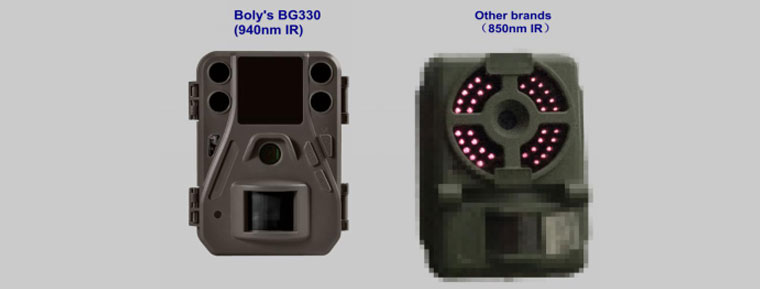
Fig. 4
4. Wide Angle
A wider angle camera can cover a larger field and make trail cameras more effective. For wide angle cameras, while detection is also a problem, the major problem is lighting. For the same range, a 100 degree FOV (Field of View) covers 4x more area than a 50 degree FOV. As such, at least 4x light energy is needed to get the same brightness for a 100 degree FOV than for a 50 degree FOV.
While most trail camera makers are still struggling with Black IR in a 50 degree camera, Boly is introducing an economical 110 degree wide angle camera (960-K18W) with Black IR and 100 feet detection and lighting range, a first in the game cameras inductry.
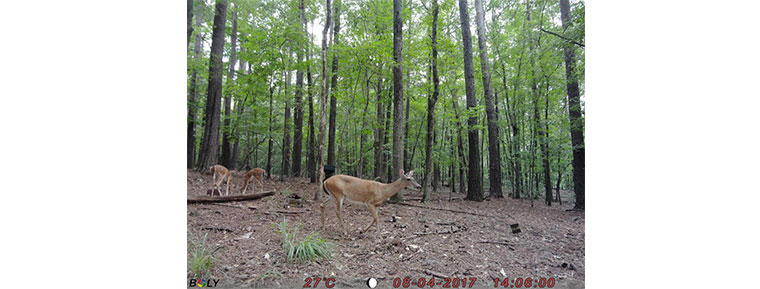
Fig. 5a. BG962-X30W of 120 degree FOV
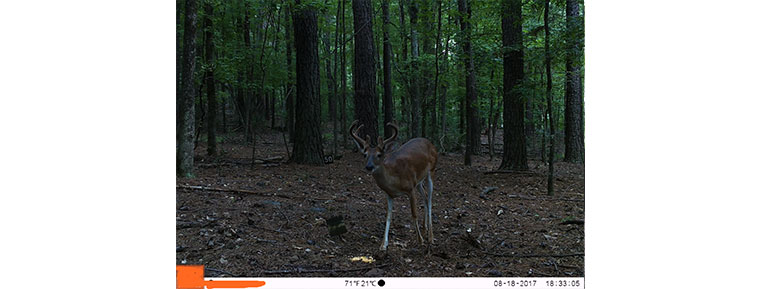
Fig. 5b. Other 20MPTrail camera of 50 degree FOV
5. Low Light Photography
In order to capture good pictures of predators, Motion Sharp is needed, requiring at least 2x more LED lighting energy than what is available in a 40 LED camera for night time picture capturing. Otherwise, moving objects will be blurry.
Boly is the only company that offers Motion Sharp cameras at Long Range.
Fig. 6 shows the picture differences of Boly’s camera with Motion Sharp Technology (Fig. 6a) with a competitor’s cameras (Fig. 6b) without the Motion Sharp technology.
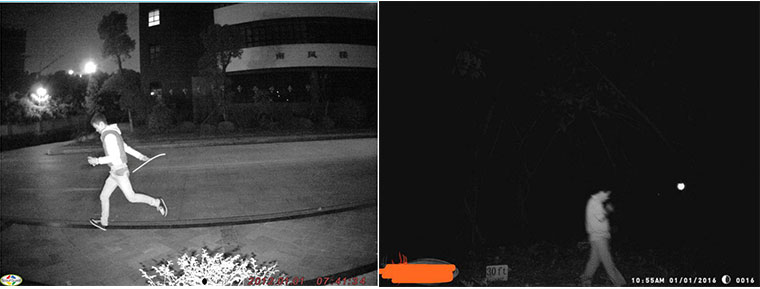
Fig. 6a. SG968S with Motion Sharp Tech Fig. 6b. Competitor’s camera without the Motion Sharp Tech
6. Image quality
The major purpose of a camera is to take good quality pictures and videos. In addition, trail cameras should have superior resolution and brightness, Color Fidelity and Saturation, Noise Level, Contrast, and Sharpness. While Sharpness is often associated with resolution, it is not the same. Resolution details one can see, while sharpness details the crispness of the objects.
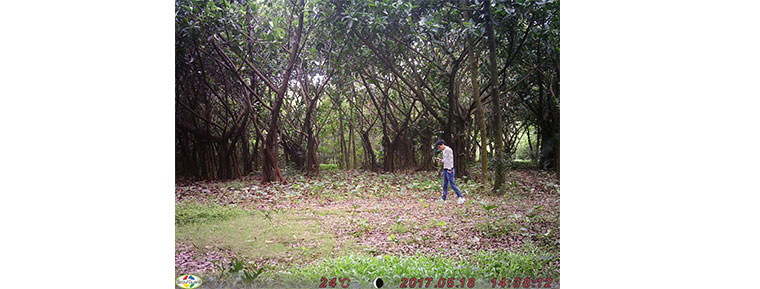
Fig. 7a. Picture from Boly’s SG560K-14mHD
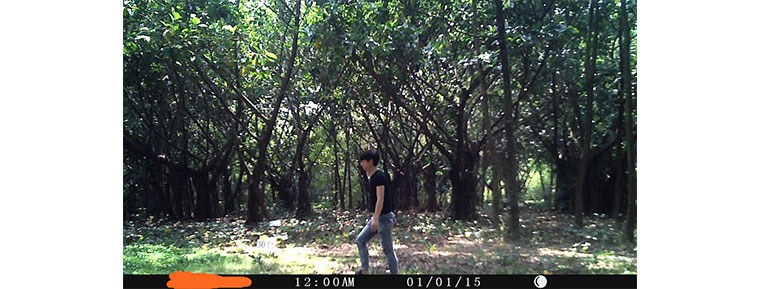
Fig. 7b. Picture from a main brand’s camera
These technology barriers add up when all the features are integrated in a single camera. While our competitors are still struggling with a good quality Black IR camera, Boly has integrated all the above technologies into a single camera (e.g., BG962-X30W),making game camera not only a tool for hunting, but a powerful security device.
Without advanced capabilities, the customer of a wireless camera is just wasting money and time to get lousy pictures to his disappointments.